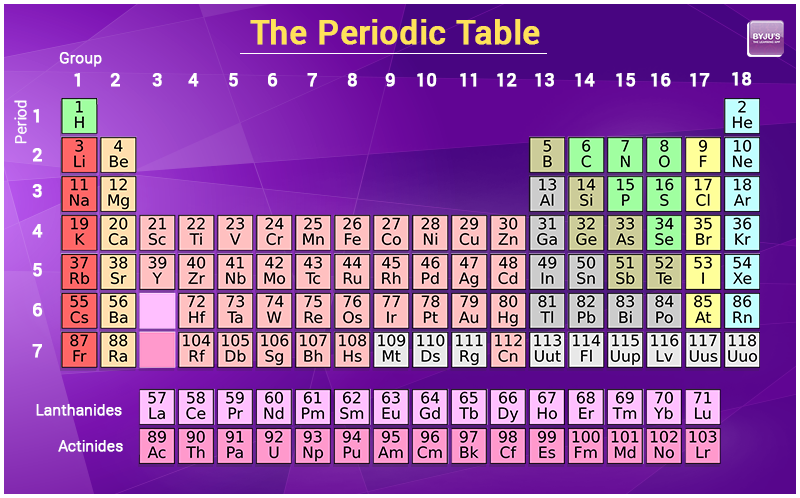how to find the mass of an element
Atomic mass in an cantlet or group of an atom is the sum of the masses of protons, neutrons and electrons. The electrons have very less mass in comparing to protons or neutrons and so the mass of electrons is not influenced in the calculation. For an element, relative diminutive mass is the average mass of the naturally occurring isotopes of that element relative to the mass of an atom of 12C. Which means ane atom is given a relative atomic mass of exactly 12. Atomic mass is non reported with units. The formula for diminutive mass is given below
Diminutive mass = Mass of protons + Mass of neutrons + Mass of electrons
How to Summate Atomic Mass?
In that location are iii ways to calculate the atomic mass, depending on the circumstances of each.
one. By referring to the periodic table
In the periodic table digit of an diminutive mass usually marked under the representation of an chemical element. For example
Hydrogen (H) diminutive mass -1
Lithium (Li) diminutive mass -3

Periodic Table
2. Addition Of Mass Of Protons and Neutrons
In an element atomic mass of an atom can be calculated by adding the mass of protons and neutrons.
3. All Atoms of an Element – Weighted Average
iii. Weight average of an chemical element
The weighted boilerplate of the isotopes of each element grounded in nature by their abundance is the atomic weight of an chemical element. I tin can calculate the diminutive mass of the element with these tips. A list of isotopes with natural abundance and mass is given either as a percentage or decimal value. Each isotopes-abundance is multiplied by its mass. If isotope abundance is present their solution should exist divided by 100 and add these values.
The solution ways the atomic mass of the specific chemical element. the atomic mass unit tin exist related with the other mass unit of measurement past using the conversion gene. 1u = 1.66054 X 10-24thousand.
Atomic Mass of Elements
The atomic mass of a few substances is tabulated below.
| Substance | Diminutive mass |
| Calcium ion | xl.1 |
| Chloride Ion | 35.v |
| Magnesium Ion | 24.3 |
| Potassium Ion | 39.1 |
Relative Atomic Mass
The link between the mass of an element and the number of atoms information technology contains is the relative atomic mass of the chemical element. By using this chemists work out the chemic formula. The relative diminutive mass calibration is used to compare the masses of different atoms.
First the hydrogen atom the lightest atom was originally assigned a relative atomic mass of 1 and the relative atomic mass of other atoms was compared with this.
| Element | Relative atomic mass |
| Carbon | 12 |
| Hydrogen | i |
| Oxygen | 16 |
| Magnesium | 24 |
| Nitrogen | 14 |
Atomic Mass Problems
Problem – 1 : Find the element mass number whose diminutive number is 18 and the neutron number is 20.
Solution:
Number of protons = 18
Number of Neutrons = 20
Atomic mass Number = Number of protons + number of neutrons
A = 20 + 18
Mass number (A) = 38
Learn more about the Atomic Mass Formula from the expert faculty at BYJU'S.
Source: https://byjus.com/atomic-mass-formula/
Posted by: faydoely1954.blogspot.com

0 Response to "how to find the mass of an element"
Post a Comment